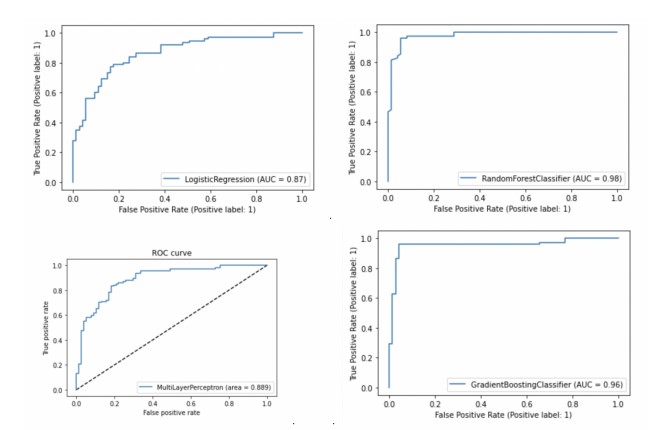An Intelligent System for Early Prediction of Cardiovascular Disease using Machine Learning
DOI:
https://doi.org/10.58445/rars.75Keywords:
machine learning, classification models, cardiovascular disease prediction, supervised machine learningAbstract
Cardiovascular disease (CVD) remains the leading cause of death, responsible for 18.6 million deaths globally in 2019. Given the wide availability of several effective therapeutic treatment options, early diagnosis of CVD is critical for timely intervention and slowing down the progression of the disease. CVD is associated with a multitude of risk markers with non-linear interactions among them, making accurate diagnosis of CVD quite challenging, especially for non-specialized clinicians and under-resourced facilities in developing countries. In recent years, machine learning based computational techniques have shown great promise in becoming a great diagnostic tool. The goal of this research is to leverage multiple machine learning methods such as random forest, gradient boosting, logistic regression and artificial neural network and evaluate their prediction efficacy. This study also evaluates the feasibility of combining multiple UCI datasets in order to improve the prediction accuracy of the models. On a merged dataset of over 700 patients from the UCI machine learning repository, the most accurate model was found to be the random forest classifier, showing an accuracy and F1 score of 94% and AUC of 0.98. It was found that ensemble learning methodologies along with data optimization and hyperparameter tuning techniques were able to achieve higher accuracy relative to prior published studies on these datasets. Finally, this study also proposes how these machine learning workloads can be incorporated into a distributed cloud connected healthcare system to make them widely accessible to practicing doctors and enable them to assess CVD risk of their patients.

Downloads
Posted
Versions
- 2022-12-24 (3)
- 2022-12-24 (2)
- 2022-12-05 (1)
Categories
License
Copyright (c) 2022 Aarush Kachhawa

This work is licensed under a Creative Commons Attribution-NonCommercial-NoDerivatives 4.0 International License.

